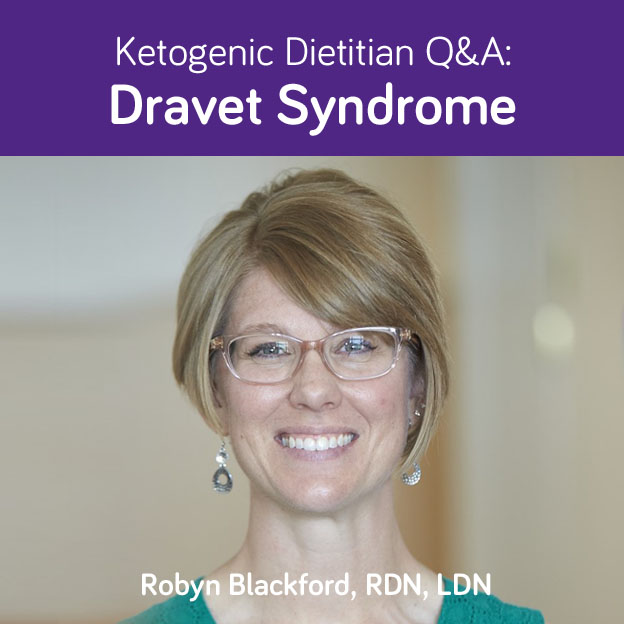Thank you for these helpful and timely tips, Robyn!
Robyn Blackford, RDN, LDN
________________________________________
The beginning of summer is finally here! Are you considering a family trip this summer? Packing up your keto kid for a family trip may seem like a daunting task to accomplish. Whether you are traveling by air or car, here are a few ideas for you to consider as you plan your summer get-away:
1. Make a checklist. Think of all the things that you need to pack and things you need to do. Start this list several weeks before the planned trip. This will bring you much needed peace of mind knowing that everything is checked off the list and you truly have thought of everything!
2. Label everything. Be specific and label all bags and bowls of food items. It may even be helpful to label the outside with what food it contains and what day and time you plan on serving it. This way it is fool proof when other family members are trying to be helpful and helps you to keep everything straight and organized.
3. Check your destination. It can be helpful to look into both hotels and rental homes in the area. A hotel may offer some perks, like a concierge and a chef who are happy to meet the needs of your child’s special diet. But a rental home will have a full kitchen that you can utilize. Be sure to find the closest grocery store and see if they carry your favorite items.
4. Travel letter from your Keto Center. Many facilities who support the Medical Ketogenic Diet have standard letters that they can provide to families. The travel letter should include that your child is on a special medical diet and that it would be helpful to be able to carry in certain items, such as unrestricted amounts of fluids (cream, oil, water, etc) and a cooler. These letters can be used for air travel as well as amusement parks and water parks that usually restrict customers from bringing in outside food.
5. TSA guidelines. Familiarize yourself with the rules, so you know what special accommodations your family may need. The TSA Cares website can be very helpful.
6. Timing is everything. Many websites that give tips on traveling with children suggest that you choose travel times near bedtime. To me, this sounds like the perfect idea, especially for children on a special diet. You can feed your keto kid their meal and then prepare them for a traveling bedtime, whether it be by car or airplane. This is less time you have to think about feeding your child and it’s an easy distraction in your travel plan.
7. Medical ID or food allergy bracelet. Some families already utilize the medical ID bands for the purpose of seizures, but why not also use it for your ketogenic diet. Listing an allergy to dextrose can be helpful in the event of an emergency during your travels and help others to be aware of the needs of your child’s medical diet. In general, people take allergies a bit more seriously than diet guidelines.
8. Easy to pack and eat foods. For easy packing, choose foods that can be stored for a long time in a cooler or even stay fresh outside of a cooler. Consider these foods:
• Protein foods: nut butters, lunchmeat, cheese sticks, nuts
• Fat foods: Fat bombs, oil shots, avocados
• Carb foods: veggies, very low carb breads, berries
• Drinkable Meal/Snack: KetoCal 4:1 LQ
I hope these tips make your summer travel a little bit easier. Planning weeks in advance can help you be successful in taking your next family trip.
Find some fun and enjoy your summer!
-Robyn
I was paid by Nutricia for my time in writing this post, however, my opinions are my own.
KetoCal® is a medical food for the dietary management of intractable epilepsy and is intended for use under medical supervision. Talk with your healthcare provider to determine if KetoCal is right for you.


 Follow
Follow
